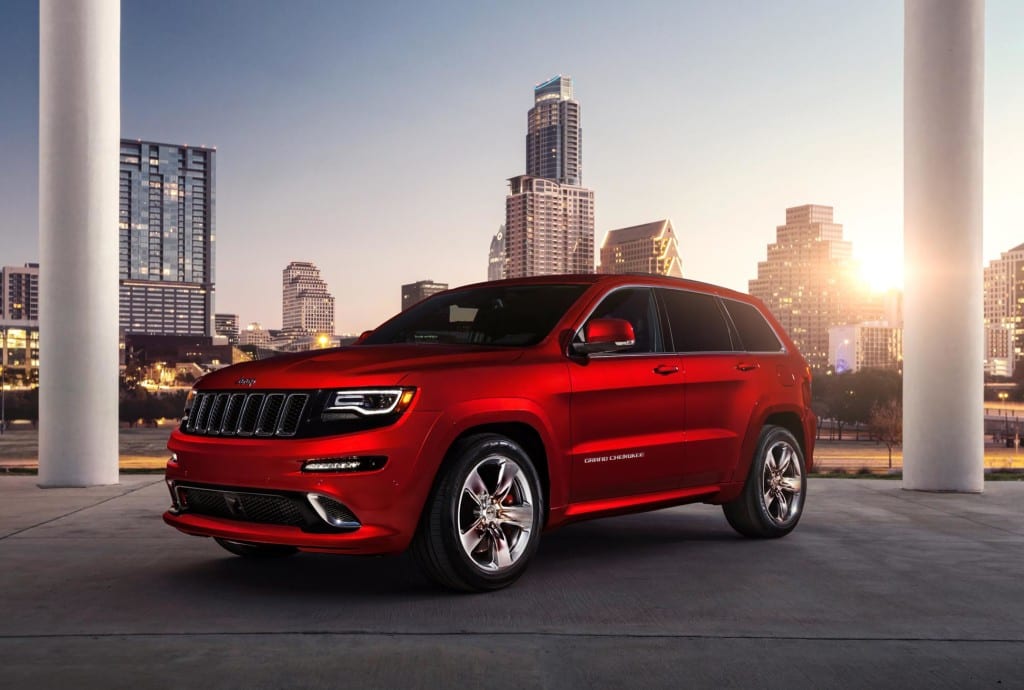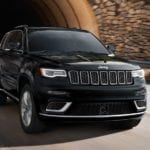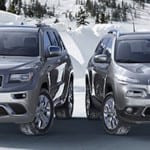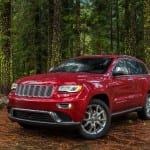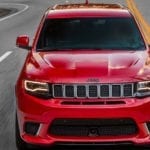Want to buy a used Jeep Grand Cherokee but you’re not sure what to look for? Well, that’s why there are guides like this to help you out. Unlike other guides, however, this is going to give you a more unique approach at what to look for when buying a used Grand Cherokee. How? Because, it’s not based on my personal experience or professional opinion; it’s information that’s been provided by the knowledgeable, reliable, and expert Jeep fanatics on forums — the type of fans who might as well have been born behind the wheel of a Jeep.
Therefore, it’s important to keep that in mind as you are reading through these three things to look for when it comes to buying a used Jeep Grand Cherokee; and also important to understand that this can apply to buying one from a private seller or a used car lot.
Give it a Thorough Once Over and Check for Rust

Whether it’s a Jeep, Honda, Chevy, truck, sedan, or SUV, whenever you buy a used car you always give it a thorough once over in good daylight. Check for any rot inside the trunk, look at the condition of the interior, make sure it doesn’t make any weird banging noises when going down the road, etc.
One of the most important parts of this thorough inspection is ensuring that there is no rust. Now, when buying a used Jeep Grand Cherokee from the ‘90s or early 2000s there’s bound to be rust. A little surface rust here and there is okay, but if it’s spread all throughout the undercarriage or frame, and there are spots you can poke holes in with your finger, it’s time to move on.
While it’s important to find a vehicle that has minimal rust, it’s even more important on a used Grand Cherokee. Why? Because, since their introduction to the market, the Grand Cherokee has had a unibody frame.
What’s a unibody frame? Glad you asked! In the car world, there are three different types of common vehicle constructions: unibody, body-on-frame, and sub-frame. For purposes of this article, let’s focus on exploring body-on-frame and unibody constructions. A vehicle with a body-on-frame construction means the body of the car is bolted to the frame. Included in the frame are the engine, transmission, and suspension. The structural integrity of the vehicle is dependent on proper construction and the frame itself. With a unibody frame, the body and frame are essentially one. It means the body is responsible for the structural constitution, because the body is the frame.
With those explanations, it’s easy to see why buying a used Grand Cherokee with a lot of rust is an issue. On a unibody frame, the rust can spread easily and anywhere it wants. Basically, it’s much easier for a bad rust spot to compromise the strength of the entire frame, like a weak link in a chain. Therefore, make sure to double and triple check for rust. If not, you might run into some serious trouble down the road.
Like Saving Money? Shoot for a Model with Aesthetic Deformities
This tip sounded a bit unorthodox when I first read it on the Cherokee forum, but it makes a lot of sense. Say you want to get a used Grand Cherokee for off-roading, or simply don’t care what the outside of it looks like. Shopping around for one with any deformities like scratches, minor dents, or chipped paint is a great way to find one at a lower price. Typically, anything like that on a vehicle is going to lower the selling price at a dealership or the asking price of a private seller. If you find one that doesn’t have a lower-than-average price with any flaws like this, then you will most-likely be able to beat them down when negotiating.
This will prove to be especially useful once you do some research and understand how well Jeeps hold their value. For example, a ’99 Jeep Grand Cherokee Laredo with over 263,000 miles (which is really high mileage) is still valued at an Edmund’s average sales price of $3,997 around Colorado. If you find one with a deformity, however, chances are that price will decrease.
Therefore, as long as you can make sure that the dent, scratch, or chipped paint doesn’t indicate something seriously wrong with the Jeep, this is a great way to save some money.
Look for Consistent Care; Mileage Doesn’t Matter
Right now, you are still wondering why a vehicle with over 263,000 miles still costs an average of $3,997. The reason is because high-mileage on Jeeps typically don’t matter if they are taken care of properly.
Take a visit to the Wrangler and Cherokee forums, and you will see that people are buying Jeeps left and right with anywhere from 90k-150k miles for what you might think are crazy prices. When in reality, the Jeep fanatics know that as long as the vehicle has been well-maintained, those Jeeps could easily last for another 150,000 miles.
What do you need to check? Apart from rust, the second most important thing is under the hood. Start by checking the engine coolant; it should be green, not rusty brown. If it is a brown color, that indicates a problem. After running it and letting the engine heat up (while listening for any weird noises coming from the suspension or engine) check the transmission fluid. This needs to be a red color, not brown, and also relatively odorless. If it’s burnt, that indicates a serious problem inside the transmission — and it’s an expensive repair that will most likely cost you almost as much as you paid for the Jeep. Also, ask the owner if there is anything wrong with the head gaskets, and check if there are any oil leaks – both of which could, again, be potentially expensive repairs.
If the dealership or private seller can provide maintenance records – and they should – give those a thorough read as well. Make sure to ask about any serious accidents and repairs. If you find a Jeep that doesn’t have a severe rust problem, the engine runs well, transmission is solid, and it just looks like it’s been well-taken care of — then it doesn’t really matter what the mileage is. As long as you aren’t buying one upward of 300,000 miles, then you’ll still be getting a vehicle with plenty of life left in it.
Although these three aspects are a good way to ensure you find a reliable, used Jeep Grand Cherokee, it’s important to understand that it’s still a used vehicle. That means no matter how good it checks out, it’s already seen years of wear and tear, and a problem can arise at anytime. But, as long as you are careful about your purchase, most of the inevitable issues that pop up won’t be a big deal.
